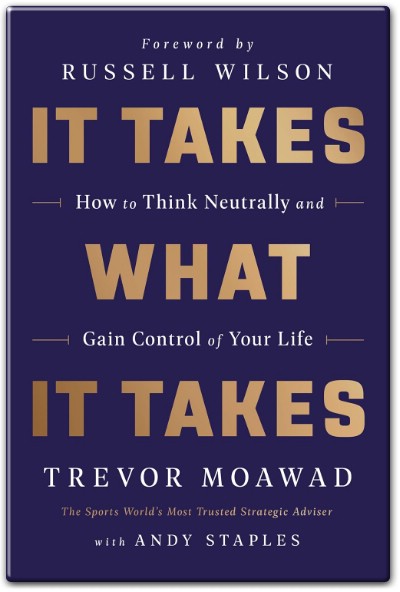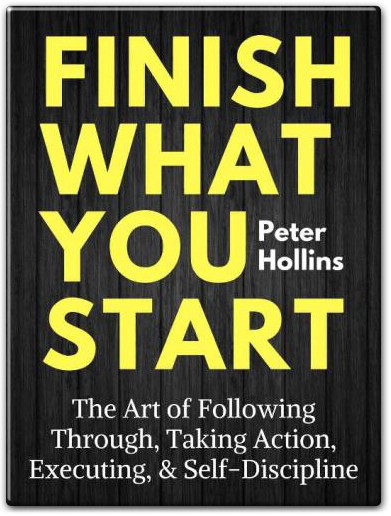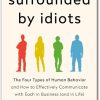
Supercommunicators Book Summary explores the transformative ideas in Charles Duhigg’s groundbreaking work on communication. In today’s world—filled with constant notifications, virtual meetings, and high-stress environments—our ability to connect meaningfully with others is more crucial than ever. Duhigg identifies what separates great communicators from the rest and shows how we can all learn to bridge the gap between talking and truly connecting.
Book Summary Contents
Chapters of Supercommunicators
While the official chapter titles may vary, the book can be broken down into several key thematic areas:
Understanding Different Types of Conversations
Duhigg classifies conversations into three types—practical, emotional, and identity-driven—and emphasizes the importance of recognizing what kind of dialogue you’re in.The Science of Connection
This section explores psychological and neuroscientific research that underpins our ability to build rapport.The Role of Empathy and Listening
A discussion on how empathy helps people navigate complex social dynamics and deepen communication.Tough Talks and Emotional Conversations
Duhigg shows how high-stakes conversations—like arguments, negotiations, or confessions—can become gateways to trust if handled correctly.Building Trust and Long-Term Relationships
The focus here is on turning individual conversations into enduring, trust-based connections.Communication in the Digital Age
A look into how technology has changed how we talk—and how to adapt.Becoming a Supercommunicator
The final part ties all the elements together, offering practical guidance for embedding these skills in daily life.
Supercommunicators Book Summary
1. Recognize the Type of Conversation You’re In
Every conversation has a purpose—and the key is knowing what kind you’re in. Is it about exchanging facts, expressing emotions, or affirming identity?
Suggestions:
Always ask yourself, “What is this person trying to convey—facts, feelings, or values?”
Don’t respond to an emotional statement with logic or facts; match the type before redirecting.
2. Master the Art of Listening
Supercommunicators are not necessarily the best speakers—they are the best listeners. Listening validates, clarifies, and connects.
Suggestions:
Use reflective listening: paraphrase the speaker’s message to confirm understanding.
Avoid interrupting, even if you think you understand. Let the speaker feel fully heard.
3. Develop Empathy to Build Trust
Empathy is the cornerstone of emotional connection. It allows us to connect on a human level, even in disagreement.
Suggestions:
Acknowledge emotions before responding to them.
Recognize that empathy doesn’t mean agreement—it means understanding the other person’s perspective.
Difficult conversations often feel threatening, but they’re also opportunities to build stronger connections.
Suggestions:
Focus on creating psychological safety by staying calm and asking clarifying questions.
Address the underlying fear or emotion before tackling the issue itself.
5. Use Identity-Based Messaging to Inspire
When people feel their identity is affirmed, they are more open to influence and more likely to change their behavior.
Suggestions:
Frame discussions in ways that align with the listener’s values or self-image.
Avoid triggering defensiveness by acknowledging the other person’s strengths or positive traits first.
6. Adjust Communication for the Medium
Digital communication requires new habits to preserve clarity and connection.
Suggestions:
Use tone indicators and emojis in casual digital communication to reduce misunderstandings.
For serious or emotional conversations, opt for face-to-face or at least video calls.
Why This Book Matters
The ideas in Supercommunicators resonate in a world filled with shallow dialogue and miscommunication. Whether you’re managing a team, navigating conflict with a loved one, or trying to influence others in your community, the ability to connect on a human level is invaluable.
Duhigg’s approach isn’t just theoretical—it’s practical. By applying the strategies he outlines, you can:
Improve emotional intelligence.
Resolve conflicts more effectively.
Strengthen personal and professional relationships.
Influence others without manipulation.
Make people feel understood, valued, and heard.
Supercommunicators By Charles Duhigg Quotes
The Art of Deep Listening
Active Engagement
“The best listeners aren’t just listening. They’re triggering emotions by asking questions, expressing their own emotions, doing things that prompt the other person to say something real.”
“Prove you are listening by asking questions, reflecting back what you heard, and seeking confirmation—a technique called ‘looping for understanding.'”The Power of Questions
“A deep question asks about values, beliefs, or experiences—not just facts. Try: ‘What’s the best part of your job?’ instead of ‘Where do you work?'”
“Before speaking, imagine you’re talking to a close friend. What question would you ask?”Matching Energy
“When someone gets serious, match that seriousness. When a discussion goes light, be the first to play along.”
“Effective communication requires recognizing what kind of conversation is occurring—emotional, practical, or social—and then matching it.”
Emotional Intelligence in Action
Vulnerability as Connection
“Emotional contagion is triggered when we reveal deeply held beliefs, past experiences, or open ourselves to others’ judgments.”
“Laughter isn’t just humor—it’s proof you’ve heard how someone feels.”Conflict Resolution
“During conflict, don’t try to force someone to see your side. Instead, ask: ‘Do you want to talk about emotions, make a decision, or discuss something else?'”
“Negotiation isn’t a battle. It’s an act of creativity to uncover solutions no one thought of before.”Empathy in Practice
“Hearing someone describe their feelings helps us understand how they make sense of the world.”
“Loop until you understand what someone is feeling. Ask: Do they want comfort, empathy, or advice?”
The Science of Connection
Neurological Alignment
“When our brains align—when we absorb what someone says and they comprehend us—we truly connect.”
“Happy couples communicate agreement not just in content, but in affect. They ask questions, repeat ideas, and mirror moods.”Social Bonds and Health
“Good relationships keep us healthier and happier. Social isolation is more dangerous than diabetes.”
“People who prioritized careers over relationships were mostly miserable. Those who invested in connection thrived.”The Fast Friends Method
*”36 questions can forge intimacy between strangers by eliciting ‘sustained, escalating, reciprocal self-disclosure.'”*
*Example: “If you were to die tonight, what would you most regret not having told someone?”
Practical Tools for Supercommunication
Intentionality
“The most effective communicators pause and ask: Why am I opening my mouth?”
“The single biggest problem with communication is the illusion it has taken place.” —George Bernard ShawThe “High Centrality” Communicator
“They speak less than dominant leaders, ask questions, repeat others’ ideas, and laugh at jokes. They make conversations flow.”
“They adjust how they communicate to match their companions’ moods and attitudes.”Giving and Receiving
“Giving something in return—like describing your own feelings—deepens connection. Try: ‘I’m proud to be your friend’ or ‘It makes me sad to hear you’re in pain.'”
About the Author: Charles Duhigg
Charles Duhigg is a Pulitzer Prize-winning journalist and bestselling author recognized for his explorations into human behavior. With a background in investigative journalism and education from Yale and Harvard Business School, he is known for distilling complex scientific research into engaging, actionable insights. His previous books, The Power of Habit and Smarter Faster Better, became international bestsellers. In Supercommunicators, Duhigg combines storytelling with science to reveal how the best communicators listen, understand, and connect at a deeper level.

![]()
Final Thoughts
Supercommunicators Book Summary offers profound insights into what it means to truly connect with others. Charles Duhigg draws from cutting-edge research and real-world stories to uncover how conversations can become the building blocks of transformation, trust, and unity. If you want to become more persuasive, empathetic, and impactful in your interactions, this book provides a clear and actionable path forward.
Attachments & References
- Get Your Copy Of The Book: Supercommunicators: How to Unlock the Secret Language of Connection by Charles Duhigg
- Explore Similar Books
- Amazon’s book page
- Goodreaders’s book page
- Author’s image source: x.com
- Book Cover: Amazon.com
- Quote sources: Goodreads


































